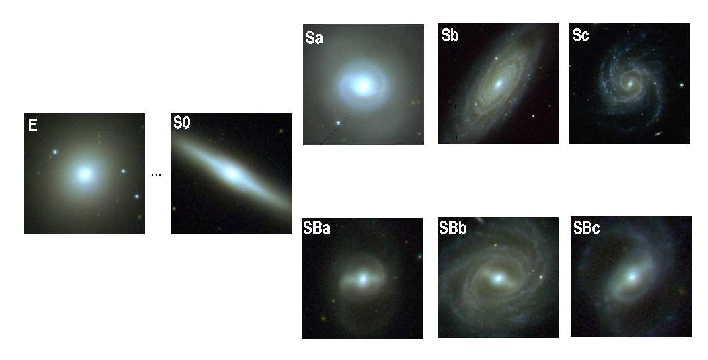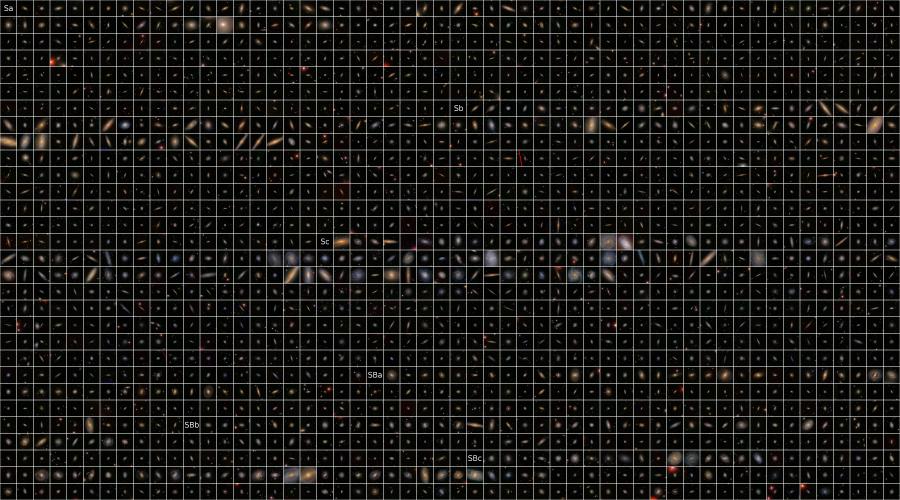
Triaxial halos and the axis ratio of spiral galaxies
Rubens E. G. MachadoProf. Dr. Ronaldo E. de Souza (advisor)
Abstract. The triaxiality of the halos of spiral galaxies was studied through the distribution function of the apparent axial ratios of their disks. We used a magnitude-limited sample of galaxies (g<16). We selected ~1600 spiral galaxies from the SDSS (Sloan Digital Sky Survey), which were morphologically classified by visual inspection. In order to avoid spurious contaminations, interacting galaxies were removed from the sample, as well as those with nearby companions or with foreground stars. The axial ratios of the galaxies were measured individually and with uniform criteria, by fitting elliptical isophotes to each r-filter image. A Monte Carlo algorithm was used to infer the distribution of intrinsic axial ratios. The oblate disk model is unable to account for the observed lack of apparently circular galaxies. The small fraction of apparently circular galaxies, which is systematically observed in spirals of all morphological subtypes, is as strong indication that the disks are indeed intrinsically elliptical. The triaxial model is more statistically significant and also, it is able to predict the correct fraction of nearly circular galaxies. We find, therefore, that the non-circular disk model provides a better description of the observations and that the axes on the plane of the disk should be in the ratio p = 0.849 +/- 0.063. By adopting a simplified analytical approach, we propose a description of the formation of triaxial dark halos in the context of collisions of protogalaxies. Assuming that the protogalaxies might be represented by homogeneous Jacobi ellipsoids, we noted that the triaxiality of the resulting object depends on the collision velocity. We also find the epoch at which such encounters would yield the required triaxiality. We estimate that in this scenario the disks of spiral galaxies would have been assembled at z = 0.69 +/- 0.32.
For more details, see my MSc dissertation or the defense presentation. This project was supported by FAPESP.
More images
Galleries of illustrative examples: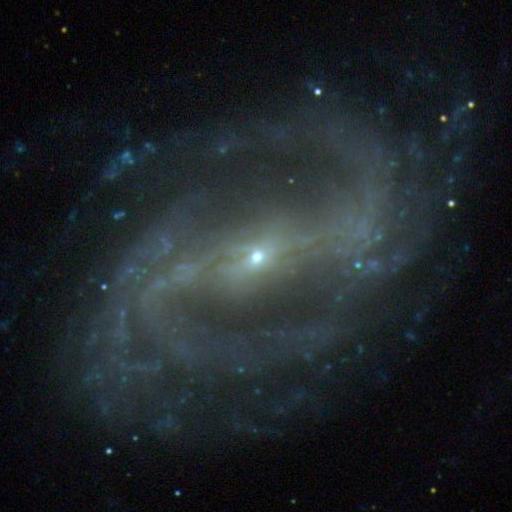
Spirals (barred and non-barred)

Ellipticals and lenticulars
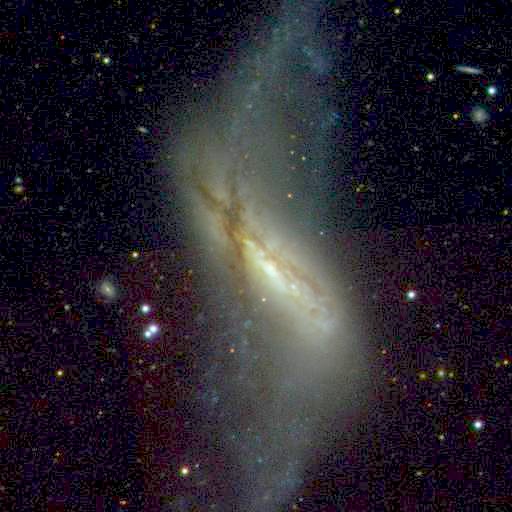
Irregulars, interacting, etc
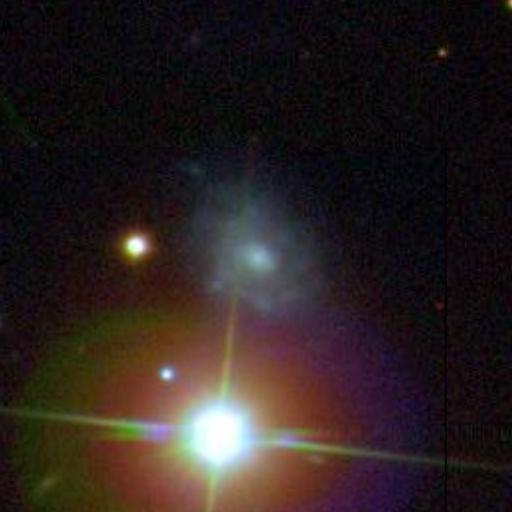
Approximately aligned with stars
